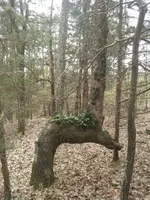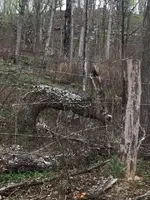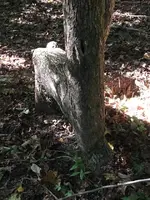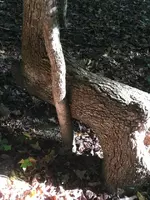reptwar1
Sr. Member
- Joined
- Jan 24, 2013
- Messages
- 443
- Reaction score
- 289
- Golden Thread
- 0
- Location
- Russelville Arkansas
- Primary Interest:
- All Treasure Hunting
- #1
Thread Owner
This tree is in Dardanelle Arkansas very close to the Arkansas river. It points away from the river, further inland toward a cave system that I found a couple years back, but haven't been able to relocate. Area was occupied by native Americans, not to mention civil war action. Thoughts? Indians? KGC?







